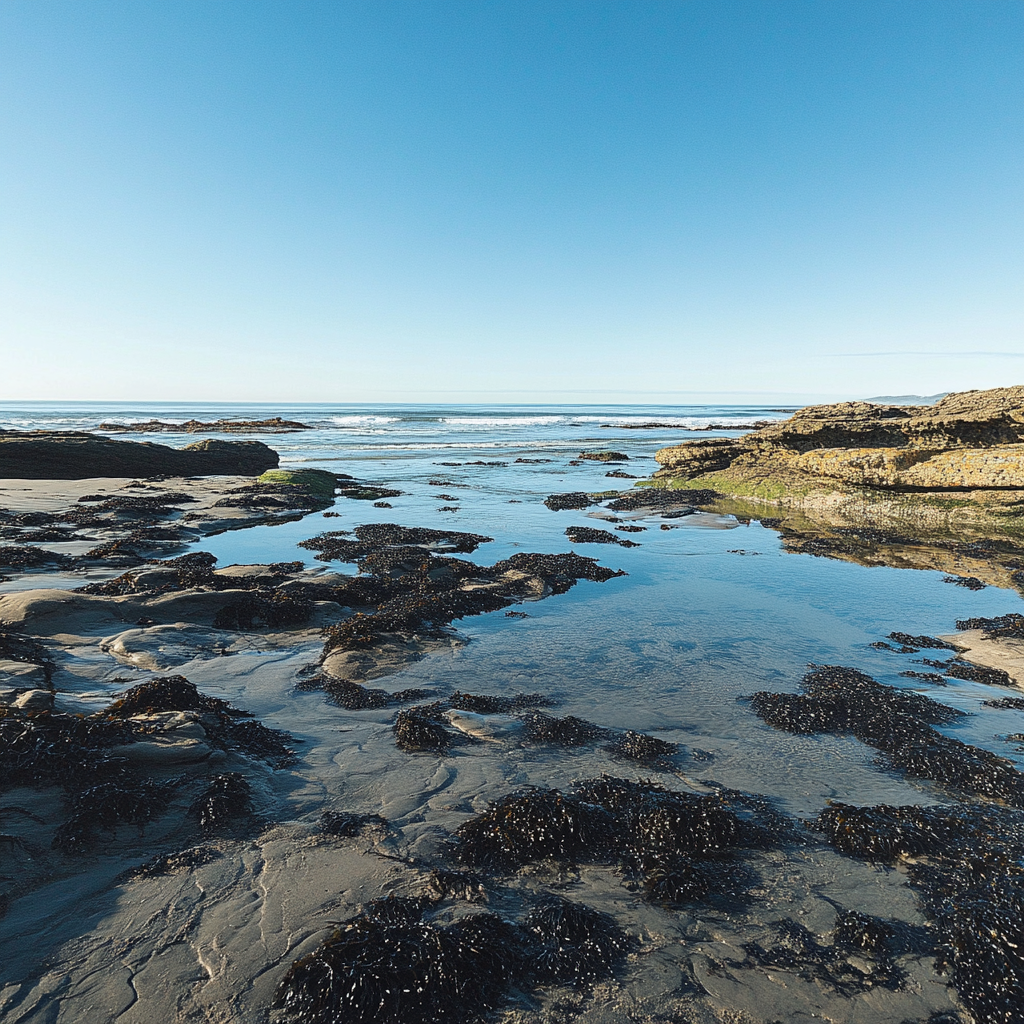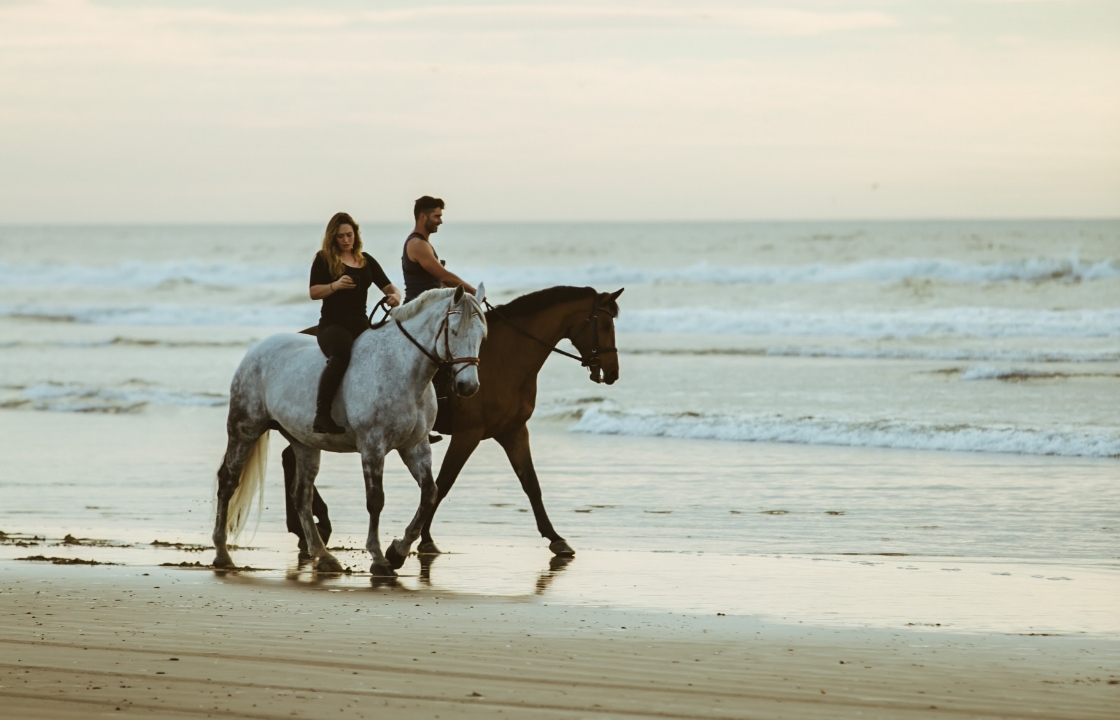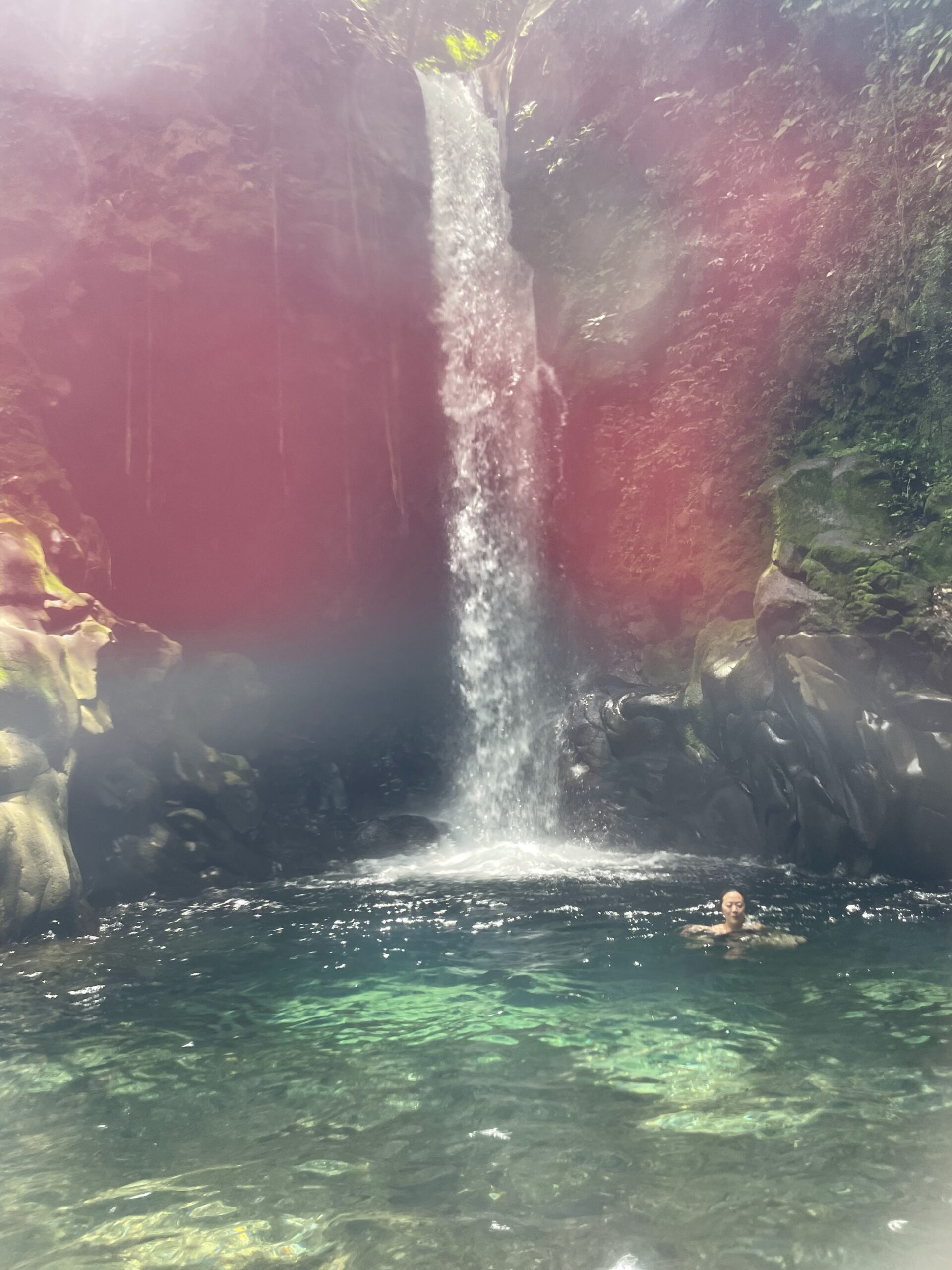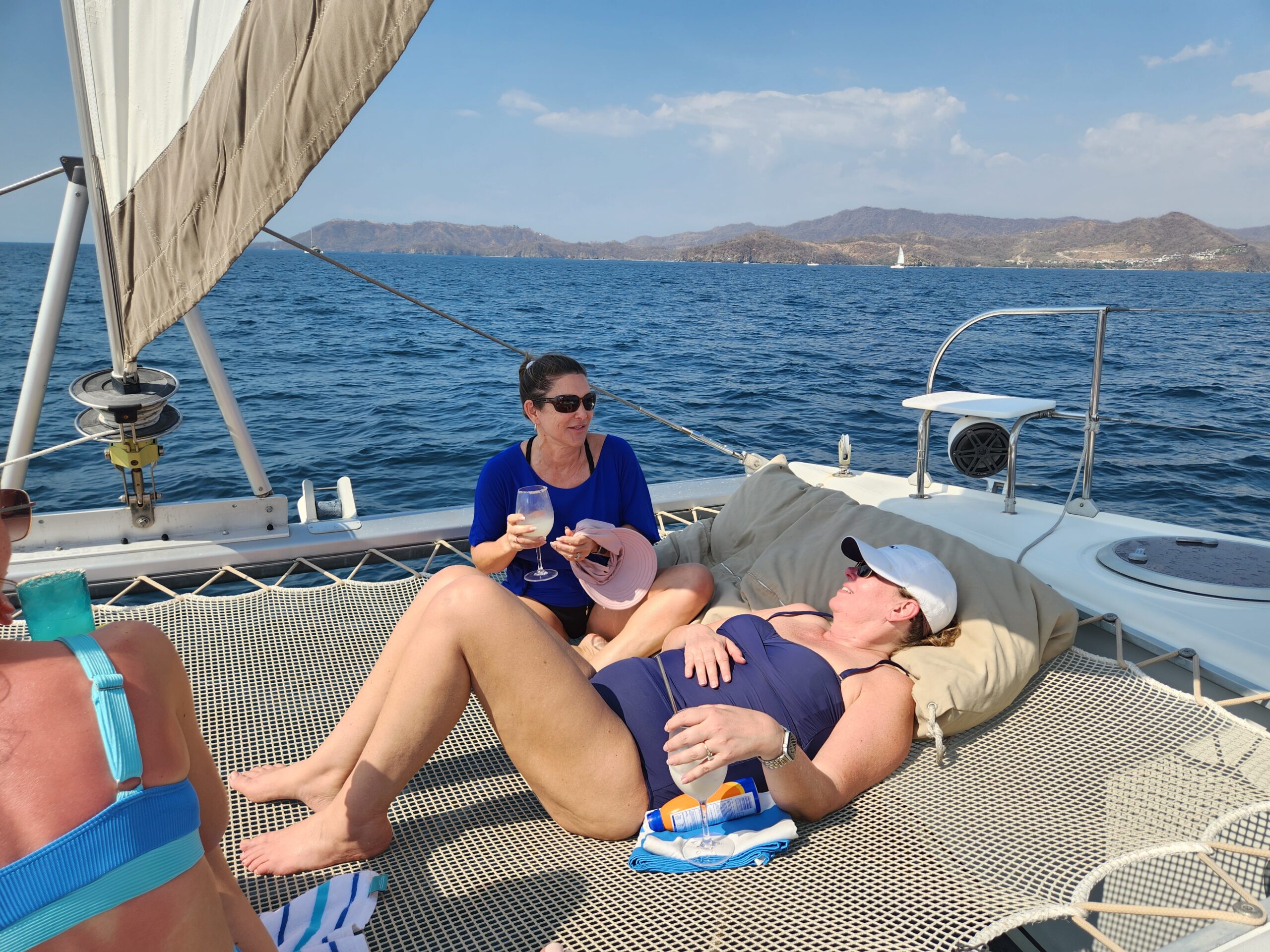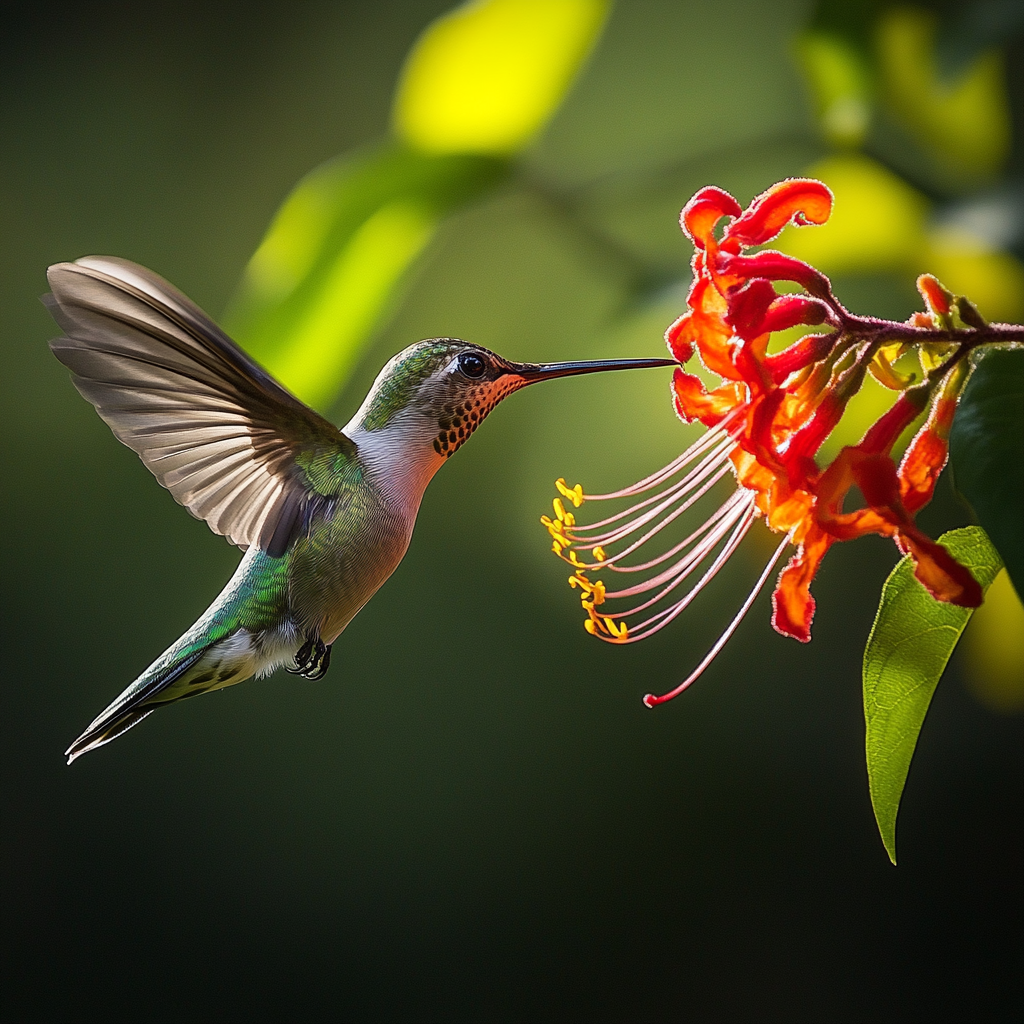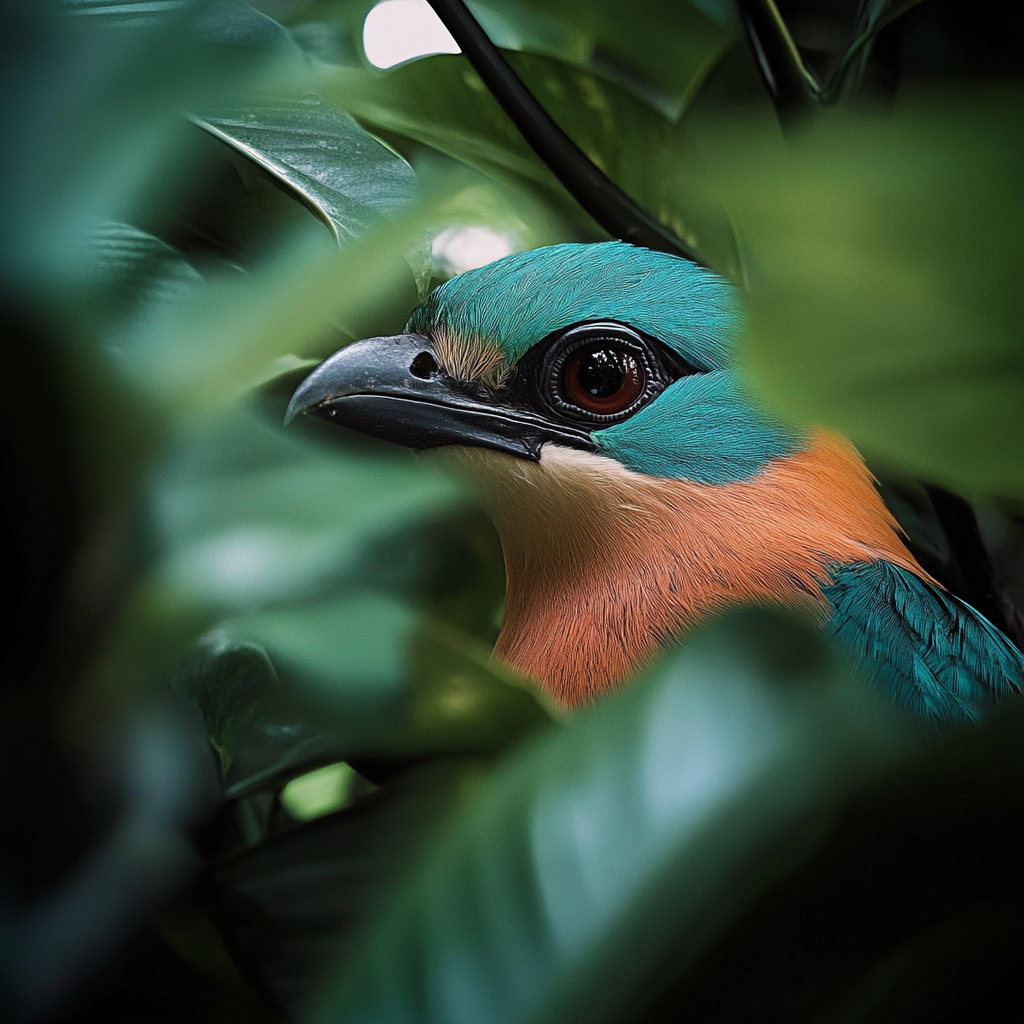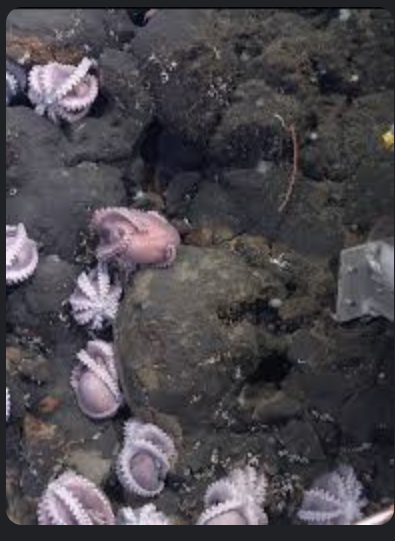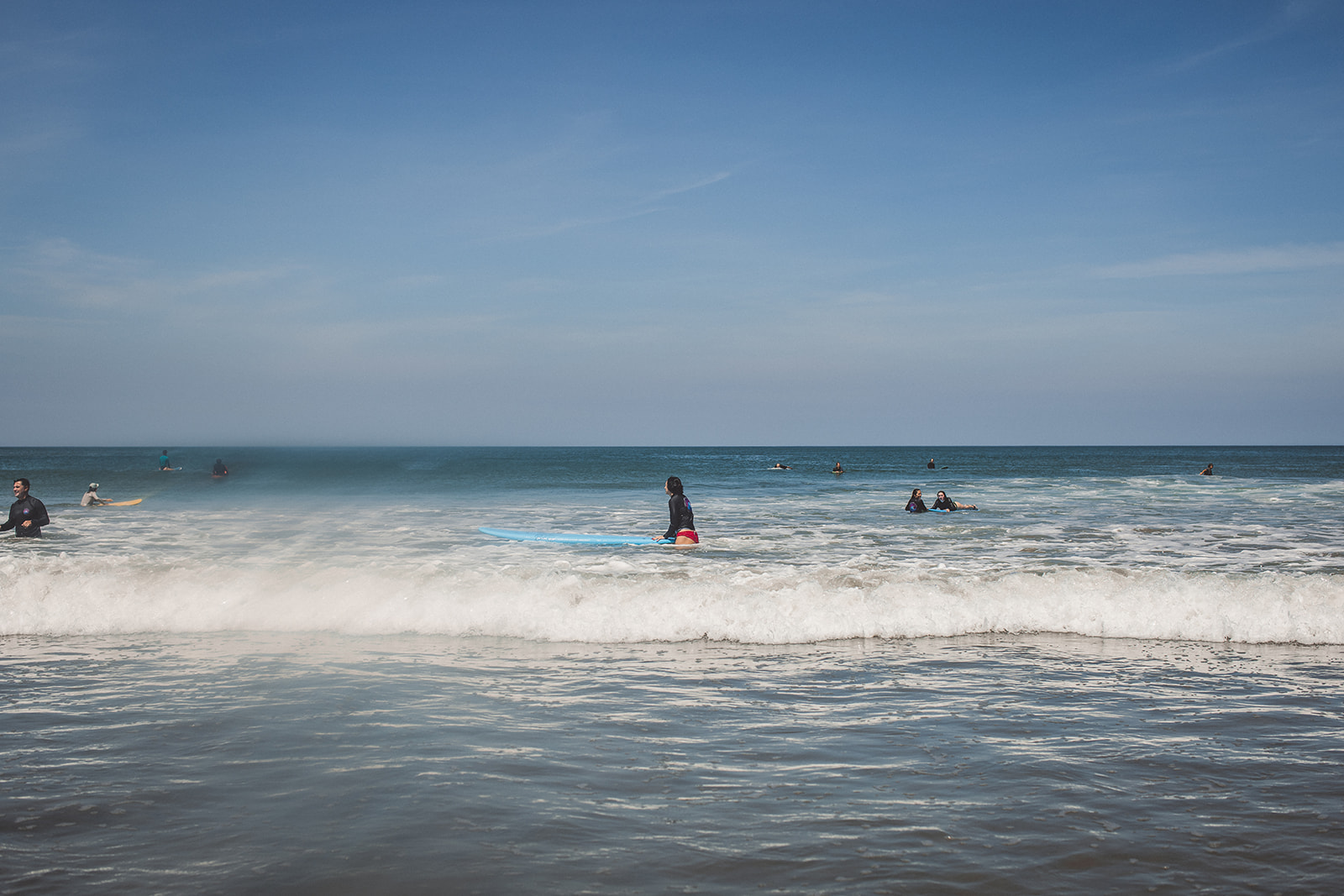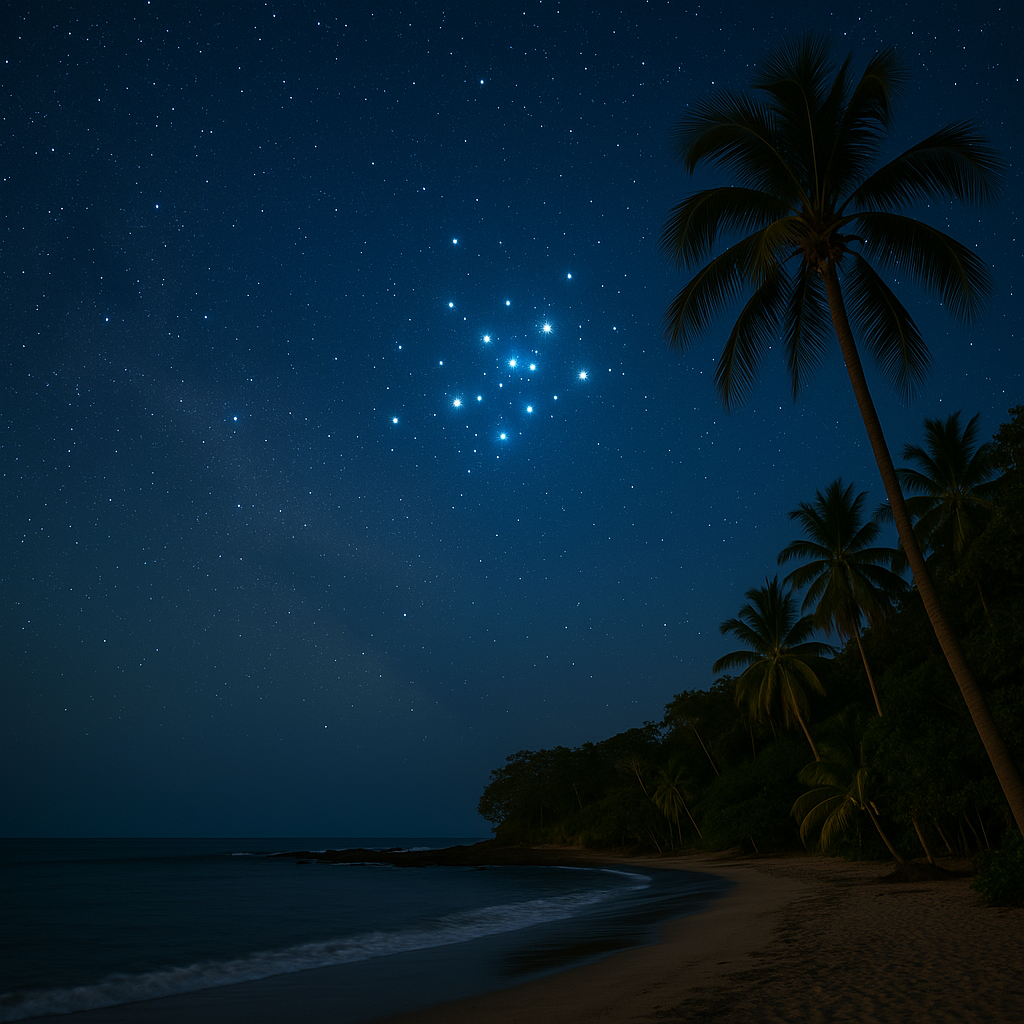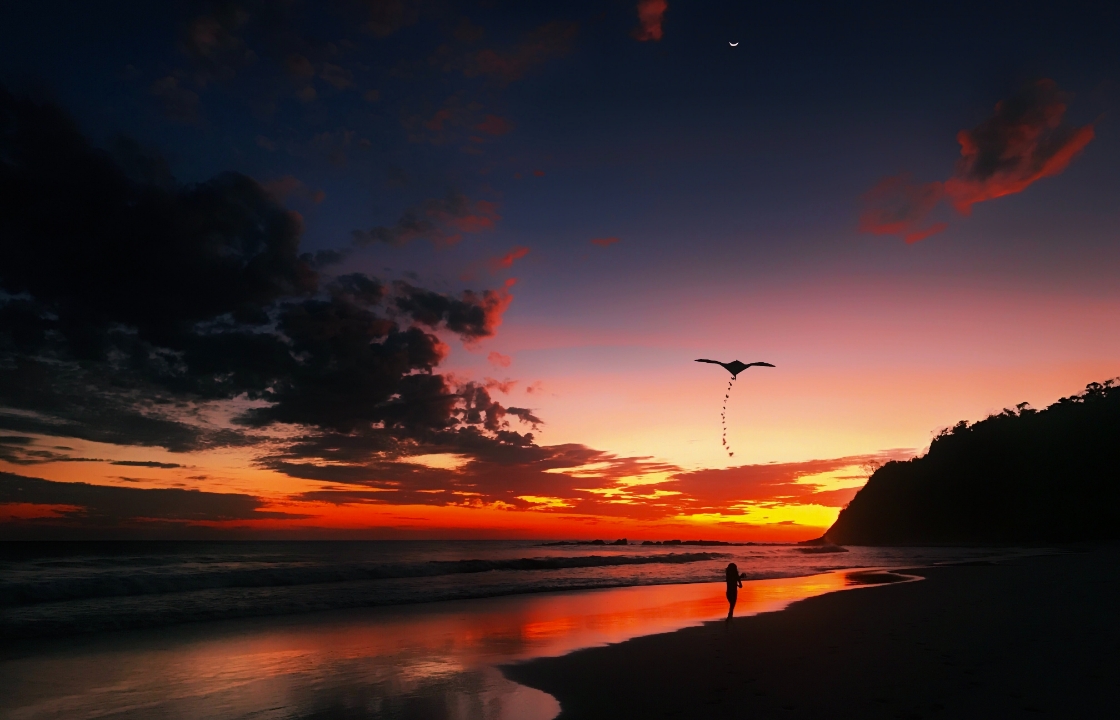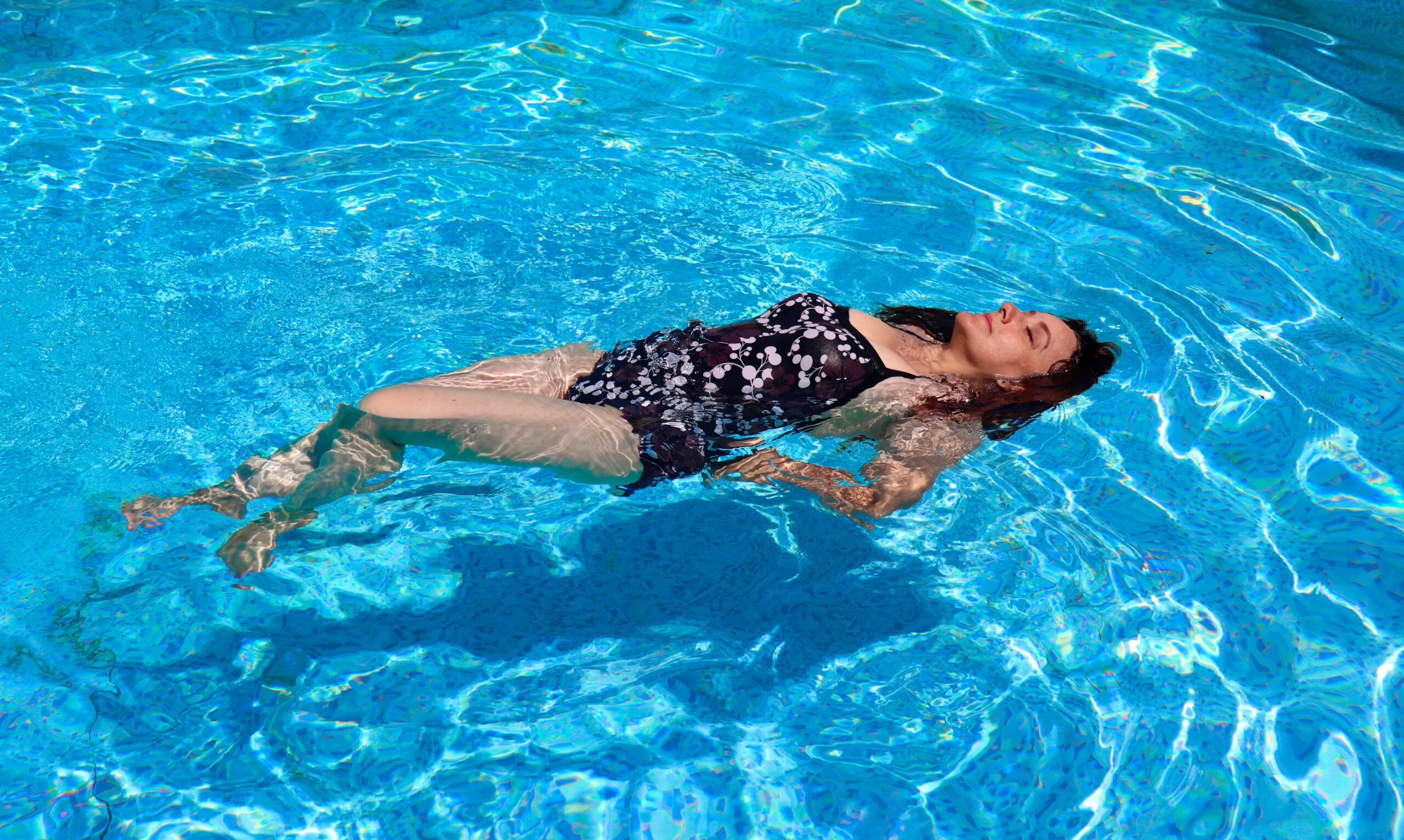If you’re seeking an off-the-beaten-path experience in Costa Rica, we at Drift Away Lodge invite you to discover a sanctuary where luxury meets nature. Book your stay today and immerse yourself in a coastal paradise filled with natural beauty and adventure, offering raw beauty and intimate encounters with nature. Just a short walk from our eco friendly and relaxing lodge, Playa Lagartillo is home to one of the ocean’s most mesmerizing phenomena: pooling tides.
What Are Pooling Tides?
Pooling tides occur when seawater collects in natural rock formations and coastal depressions during high tide, leaving behind pristine tidal pools as the water recedes. These pools become temporary sanctuaries for marine life, offering our guests an up-close look at the vibrant ecosystem thriving along Costa Rica’s Pacific coast. The best times to explore these pools are during low tide, when the ocean reveals its hidden marine wonders.
As the tide retreats, the pools remain teeming with life, acting as miniature aquariums where marine species find refuge from larger predators. The warm, shallow waters of the tide pools also create a nutrient-rich environment that supports an astonishing variety of organisms. Whether you’re gazing into a crystal-clear basin or observing the swirling patterns of the water left behind, the pools offer a dynamic and ever-changing coastal experience.
The Role of Tidal Pools in the Coastal Ecosystem
Tidal pools are essential to coastal ecosystems, serving as microhabitats that support an astonishing variety of marine life. These pools create a temporary refuge for sea creatures during low tide, allowing them to survive until the waters rise again. The dynamic nature of tide pools fosters biodiversity, with organisms adapting to fluctuating temperatures, oxygen levels, and salinity.
One of the primary roles of tidal pools is nutrient cycling. As waves crash over the rocks, they bring organic matter that sustains marine organisms. Algae and plankton thrive in these pools, serving as the foundation of a complex food web. Herbivorous species such as snails, sea urchins, and chitons graze on algae, while carnivorous species like octopuses and anemones feed on small fish and crustaceans.
Tide pools also play a significant role in coastal erosion and sediment stabilization. The organisms within them—such as barnacles and mollusks—help bind rocky surfaces together, reducing the impact of strong waves on the coastline.
Furthermore, these ecosystems offer a natural classroom for scientists, conservationists, and visitors interested in marine biology. By studying tide pools, researchers can gain insights into climate change, species adaptation, and ocean health. For guests at Drift Away Lodge, tide pools provide a firsthand opportunity to observe and appreciate the resilience of marine life in a delicate and ever-changing environment.
Local Myths & Legends of Tide Pools
Throughout history, coastal communities have revered tide pools as mystical gateways to the ocean’s hidden realms. In Costa Rican folklore, it is believed that tide pools are home to water spirits, or "duendes del mar," small mythical creatures that protect the delicate marine ecosystems. Local fishermen tell stories of how these spirits guide lost sailors back to shore and whisper secrets of the sea to those who listen closely.
Another popular legend speaks of La Sirena Encantada (The Enchanted Mermaid)
Even today, locals share stories of La Sirena Encantada with visitors, keeping the legend alive in the coastal communities of Costa Rica. Some say that if you visit Playa Lagartillo on a moonlit night, you may hear her song carried by the waves. Our guided tide pool excursions at Drift Away Lodge often incorporate these captivating tales, allowing guests to experience the magic of folklore while exploring the natural wonders of the tide pools. who is said to appear in tide pools during the full moon, combing her long hair and singing to the waves. According to local belief, those who are respectful of the ocean and its creatures may glimpse her reflection in the water, bringing good fortune and a deeper connection to nature.
Ancient indigenous tribes of Costa Rica, such as the Chorotega, viewed tide pools as sacred spaces, believing that they held the "breath of the ocean gods." They would perform rituals near these natural pools, offering seashells and flowers to the spirits in gratitude for the ocean’s abundance.
Drift Away Lodge: A Natural Ocean Retreat
At Drift Away Lodge, we offer an untouched and tranquil eco-friendly retreat, where sustainable travel meets comfort. Our lodge is dedicated to responsible tourism, ensuring that every guest experiences the natural beauty of Costa Rica while supporting local conservation efforts and minimizing environmental impact. making it the perfect setting for yoga retreats, wellness workshops, and eco-conscious travelers. Just steps away, Playa Lagartillo’s tidal pools create natural, ocean-fed wading pools—ideal for quiet reflection, a cooling dip, or a moment of solitude with the rhythmic sounds of the waves. Feel the golden sun on your skin, hear the ocean’s rhythmic whispers, and dip into tide pools shimmering under a breathtaking Guanacaste sunset. Whether you're a nature lover, a photographer, or simply looking for a unique coastal experience, these tide pools offer an exceptional connection with the ocean.
Marine Life in the Pooling Tides
The tide pools at Playa Lagartillo create a thriving micro-ecosystem, where a variety of marine creatures adapt to changing water levels and conditions. Some species use the pools as a temporary refuge, while others have evolved to live permanently in these unique habitats. These tidal ecosystems offer an extraordinary glimpse into the biodiversity of Costa Rica's Pacific coast.
Exploring the tide pools near Drift Away Lodge offers a chance to witness a fascinating variety of sea creatures in their natural habitat, including:
- Chocolate Chip Sea Stars (Nidorellia armata) – Named for their distinctive brown spots, these starfish are scavengers that help maintain balance in the tide pools.
- Pacific Cleaner Shrimp (Lysmata californica) – These bright red and white shrimp feed on parasites, providing a cleaning service to other marine animals.
- Juvenile Moray Eels (Gymnothorax spp.) – Often hidden in rocky crevices, these young eels rely on tide pools for shelter before moving into deeper waters.
- Octopuses (Octopus vulgaris) – These intelligent and highly adaptable cephalopods are masters of disguise, capable of changing their color and texture to blend seamlessly with their surroundings. Often found hiding in crevices, octopuses use their dexterous tentacles to hunt crabs, mollusks, and small fish. If you’re lucky, you may witness one jet away in a cloud of ink, a clever defense mechanism used to escape predators.
- Blue Sea Slugs (Glaucus atlanticus) – These electric-blue nudibranchs float on the water’s surface and store stinging cells from their jellyfish prey for defense.
- Tiny Seahorses (Hippocampus ingens) – Rare but fascinating, these small creatures cling to seagrass and coral fragments using their prehensile tails.
- Sea Anemones (Anthopleura spp.) – These soft-bodied creatures use their tentacles to catch plankton and small fish.
- Rock Crabs (Pachygrapsus transversus) – Fast-moving and highly adaptive, these crabs blend into the rocky shoreline and feed on algae and small invertebrates.
- Sea Urchins (Echinometra lucunter) – Spiky and slow-moving, these creatures graze on algae and provide food for predatory sea stars and fish.
- Barnacles (Chthamalus spp.) – These small crustaceans attach to rocks and filter-feed by extending feathery appendages into the water.
- Hermit Crabs (Pagurus spp.) – These crabs use discarded snail shells as portable homes, switching shells as they grow.
- Tide Pool Gobies (Bathygobius spp.) – Small, resilient fish that can survive in low-oxygen environments, hopping between pools when needed.
- Clingfish (Gobiesox spp.) – Equipped with suction-cup-like pelvic fins, these fish attach to rocks and remain stable in the constantly moving tide pools.
- Flatworms (Platyhelminthes spp.) – These colorful, soft-bodied invertebrates glide along rocks, feeding on small algae and plankton.
- Chitons (Chitonidae spp.) – Ancient, armor-plated mollusks that cling to rocks and graze on algae.
- Periwinkle Snails (Littorina spp.) – Hardy snails that survive both submerged and exposed conditions, feeding on microalgae.
Each visit to the tide pools at Playa Lagartillo promises a unique and exciting discovery of marine life adapted to these transient environments.
Tide Chart for Playa Lagartillo
To make the most of your tide pool experience, it’s important to check the tide schedule. For the latest tide information, visit the Surfline Tamarindo Tide Calendar: Surfline Tamarindo Tide Calendar.
This tool provides real-time updates on high and low tides, ensuring you plan your visit when the tide pools are at their best.
Sustainability & Conservation Efforts
At Drift Away Lodge, we are dedicated to protecting Costa Rica’s fragile coastal ecosystems. We support marine conservation efforts, such as:
- Sustainable tourism practices – Educating our guests on responsible tide pooling, including avoiding stepping on marine life and leaving no trace.
- Local community partnerships – Working with conservation groups to protect nesting sea turtles and other marine species.
- Eco-conscious operations – Using sustainable energy, reducing plastic waste, and promoting ocean-friendly initiatives.
How Our Guests Can Help Protect Tide Pools
Visiting the tide pools at Playa Lagartillo is a mesmerizing experience, but it’s essential to protect these fragile ecosystems for future generations. Here are ways you can help:
- Avoid Collecting Shells & Marine Life – Many creatures use shells as homes or protection. Removing them can disrupt the delicate balance of the ecosystem.
- Use Reef-Safe Sunscreen – Traditional sunscreens contain chemicals that can harm marine life. Opt for reef-safe, biodegradable sunscreen to prevent toxic runoff.
- Tread Lightly – Be mindful of where you step, as many marine creatures, including sea stars, anemones, and urchins, live on rocks and within shallow waters.
- Leave No Trace – Carry out everything you bring in, including plastic, food waste, and any other trash. Even biodegradable items can disturb the natural environment.
- Respect the Wildlife – Observe animals from a distance. Avoid touching sea creatures, as oils from human skin can harm them or stress them out.
- Participate in Beach Clean-Ups – Many local organizations, including ours, organize beach clean-ups. Joining one is a great way to give back to the environment while enjoying Costa Rica’s stunning coastline.
- Educate Others – Share what you’ve learned about tide pool conservation with friends, family, and fellow travelers. Raising awareness is key to long-term preservation.
Book Your Stay at Drift Away Lodge
Looking for the perfect eco-luxury retreat in Costa Rica? Experience the beauty of Drift Away Lodge, where nature, adventure, and tranquility come together. Whether you're interested in surfing, tide pooling, or just relaxing under the warm Guanacaste sun, our lodge is designed to provide an unforgettable experience.
- Book Your Stay – Secure your dream getaway today!
- View Our Accommodations – Explore our comfortable and eco-friendly lodging options.
- FAQ – Learn more about what to expect with frequently asked questions.
- Dine at Lelo’s Place – Enjoy fresh, locally inspired cuisine just steps from your room.
- Our Sustainability Commitment – Learn how we support eco-friendly tourism and marine conservation efforts.
- Check Our Special Offers – Discover exclusive deals and promotions to make the most of your stay.
Discover the magic of Costa Rica’s coastal treasures with Drift Away Lodge. Immerse yourself in the serenity of tide pools, the thrill of adventure, and the rejuvenating power of Pura Vida.
